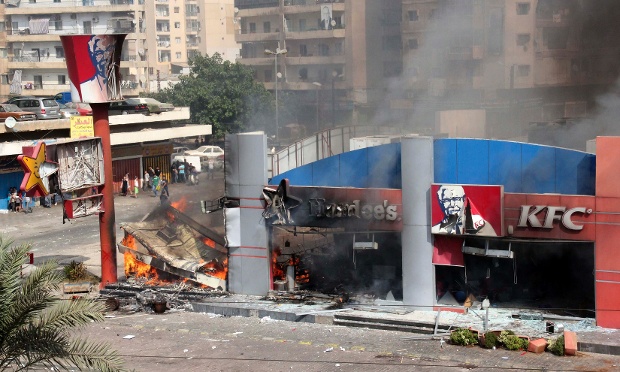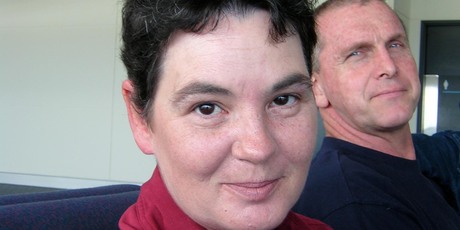By Heba Girgis
Impunity Watch Reporter, Africa
CAPE TOWN, South Africa—South African police, yesterday, began to crack down on the striking minors who have been condemned and criticized by the South African Council of Churches. The police fired rubber bullets and tear gas into the crowds that caused men, women and children to rush back into their homes.

Several people were injured by the rubber bullets at one of South Africa’s largest platinum mines, Lonmin’s, after the government order to stop the unrest. This crack down has targeted, not only illegal gatherings, but also weapons, incitement, and threats of violence. About a half dozen men were arrested for possession of arms and drugs and another six were arrested. The police told the leaders of the protest that they actually needed permission to carry out the protest.
This show of force followed the vow by the government to halt these illegal protests and disarm the strikers who, when they stopped working, destabilized the country’s most affluent mining sector.
Analysts who have been following the strike’s impact on South Africa’s mining companies have estimated that just this week, Lonmin has lost 102m rand in revenue since the beginning of the labor unrest. Should this continue, the worst-case scenario is that the group may lose as much as $239m before the situation is resolved and the company’s production finally returns to normal levels.
Gaddhafi Mdoda, one of the workers’ committee members at Anglo American Platinum, noted, “The police have blocked us. They are dispersing us. Now we are telling our people to go back to where we came from.” Other protestors have commented as well, saying, “The government is against people of South Africa and allows people to be killed. But we are suffering as workers of mines, they are forcing us to go to work as they did under apartheid.”
Yesterday, Saturday, September 15, Lonmin decided to raise its pay offer, which would more than double the increase that the company offered just a few days ago. The raise, however, still does not meet the workers’ demands of 12,500 rand a month. Lonmin’s acting chief executive, Simon Scott, said that the workers’ wage demand would cost the company 2.3 billion rand to actually implement.
Scott told the press, “We have had our wake-up call, as has the rest of South Africa.”
For further information, please see:
News.com.au – South African Police Block March by Miners – 16 September 2012
The Telegraph – South Africa Deploys Army to Deal with Lonmin Dispute – 16 September 2012
Reuters – 3 S. African Police Fire Tear Gas at Strikers Near Massacre Site – 15 September 2012
The Washington Post – South African Police Fire Tear Gas – 15 September 2012



